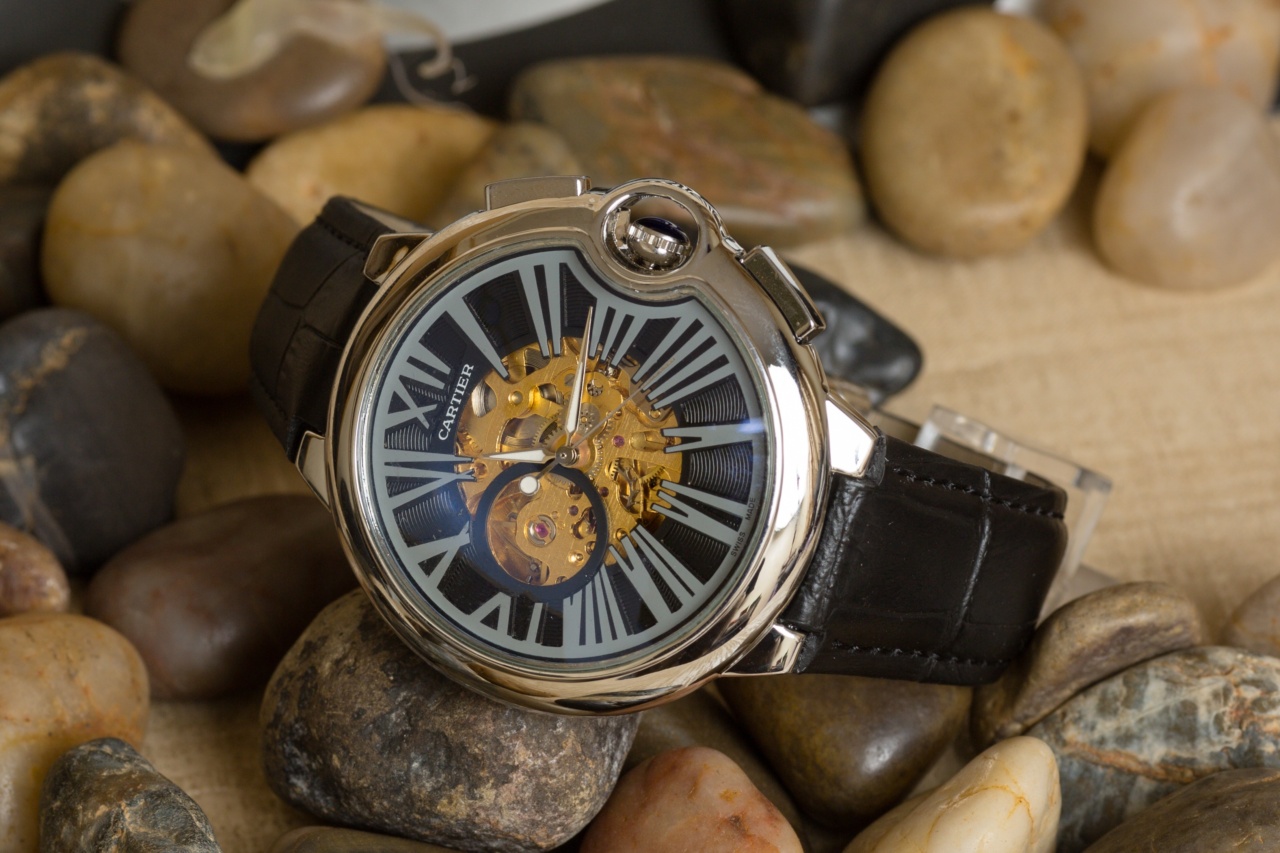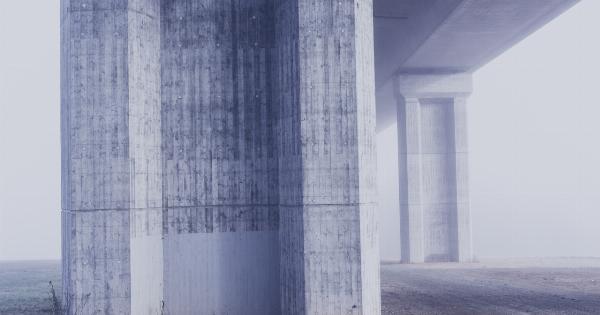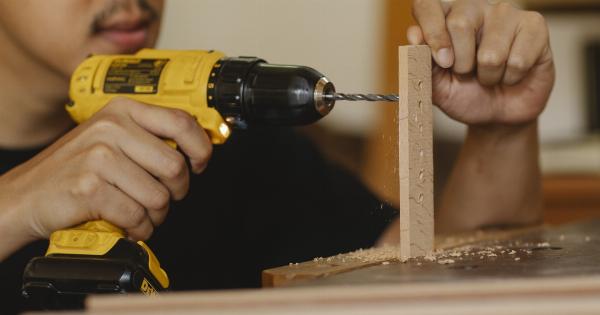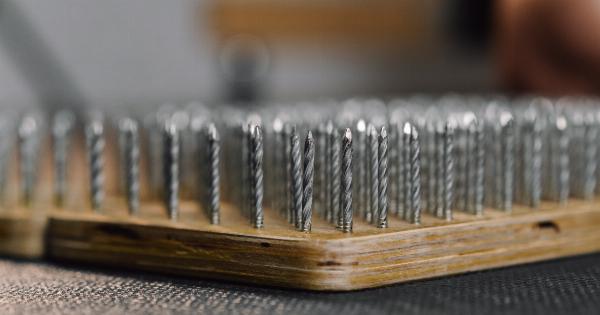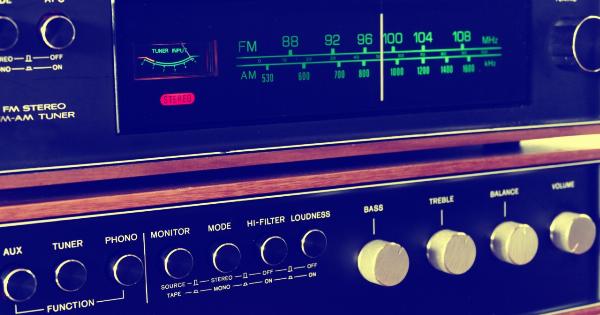Kidney stones are one of the most common urinary tract disorders. They are solid deposits of minerals and salts that form in the kidneys or urinary tract.
It is estimated that around 11% of men and 6% of women in the United States will develop kidney stones at some point in their lives. There are various treatment options available for removing kidney stones, one of which is laser-assisted nephrolithotripsy.
What is laser-assisted nephrolithotripsy?
Laser-assisted nephrolithotripsy, also known as laser lithotripsy, is a minimally invasive procedure used to break up kidney stones.
The procedure involves inserting a small camera (called a ureteroscope) into the urinary tract and a laser fiber is used to break up the stones into small pieces. These pieces can then be removed via a wire loop or simply pass out of the body through urine.
How is the procedure performed?
Before the procedure, the patient is given anesthesia to ensure they do not feel any pain during the procedure.
Once the patient is under sedation, a ureteroscope (a thin, flexible tube with a camera attached) is inserted through the urethra to reach the kidney. The surgeon then uses a laser to break up the kidney stones into tiny pieces. Once the stones are broken up, they are either removed using a wire loop or are allowed to pass out of the body naturally through urine.
Advantages of laser-assisted nephrolithotripsy
Laser-assisted nephrolithotripsy has several advantages over other procedures for kidney stone removal. These include:.
- It is minimally invasive
- The procedure is generally safe and has a low risk of complications
- It can be performed on an outpatient basis
- There is minimal pain or discomfort after the procedure
Risks associated with laser-assisted nephrolithotripsy
Although laser-assisted nephrolithotripsy is generally considered safe, there are some risks associated with the procedure. These include:.
- Bleeding
- Infection
- Urinary tract injury
- Ureteral stricture (narrowing of the ureter)
- Kidney damage (in rare cases)
- Retention of stone fragments
Candidates for laser-assisted nephrolithotripsy
Not all patients with kidney stones are candidates for laser-assisted nephrolithotripsy. Patients with larger stones or stones located in certain areas may require a more invasive procedure.
Laser-assisted nephrolithotripsy may be recommended for patients with stones that are:.
- Less than 2 cm in diameter
- Located in the kidney or upper ureter
- Composed of certain types of stones, such as calcium oxalate or uric acid
After the Procedure
Patients who undergo laser-assisted nephrolithotripsy can typically go home the same day. Most patients can return to their normal activities within a few days, although heavy lifting and strenuous exercise should be avoided for a few weeks.
Patients may experience some discomfort or pain in the back or sides, and there may be blood in the urine for a few days. Patients should drink plenty of fluids to help flush out any remaining stone fragments and to prevent the formation of new stones.
Conclusion
Laser-assisted nephrolithotripsy is a safe, effective, and minimally invasive procedure for breaking up kidney stones. Patients who undergo this procedure can typically go home the same day and can return to their normal activities within a few days.
Although there are some risks associated with the procedure, the benefits outweigh the risks in most cases. If you think you may have kidney stones, talk to your doctor to see if laser-assisted nephrolithotripsy may be an appropriate treatment option for you.
